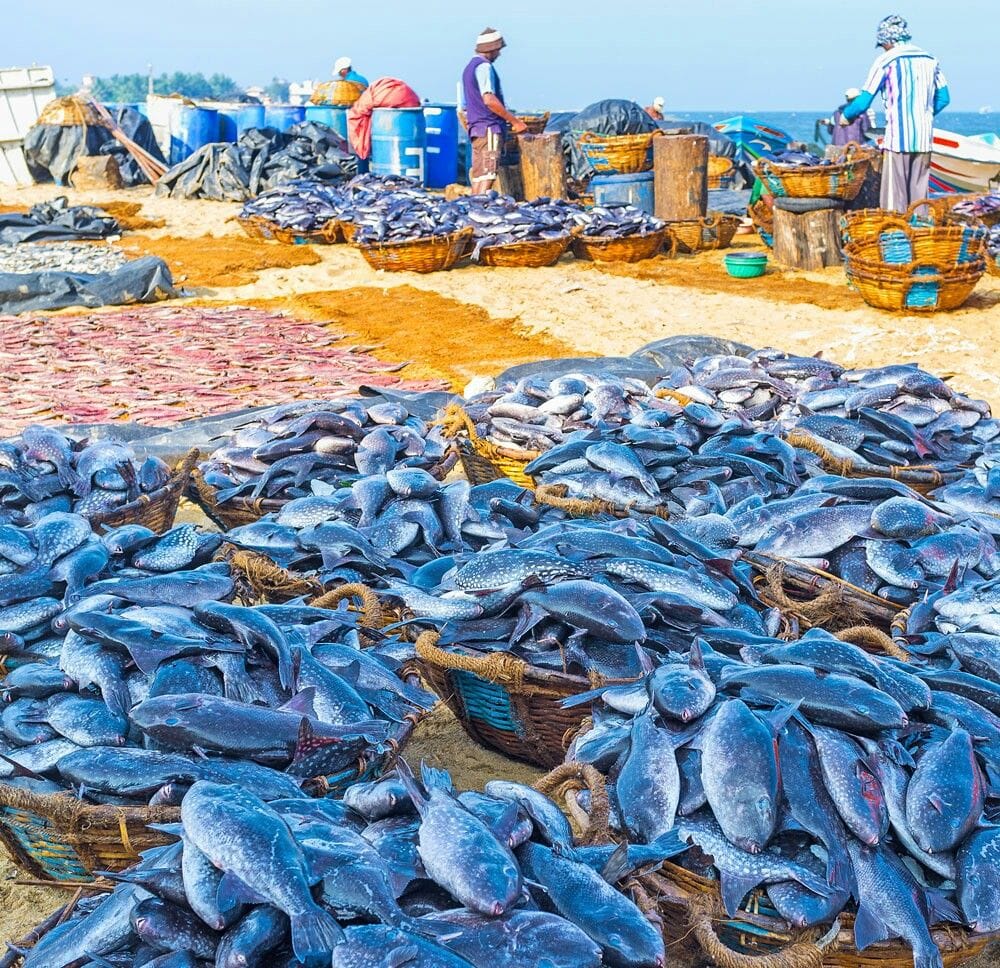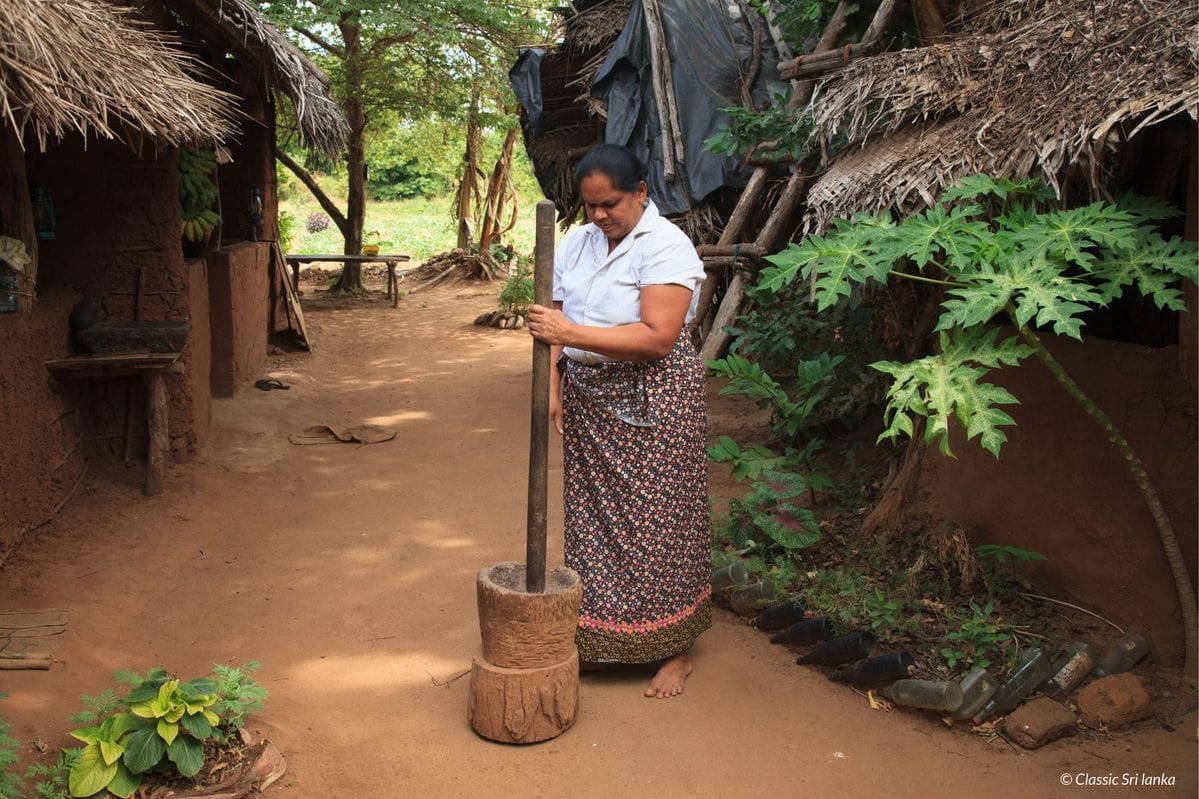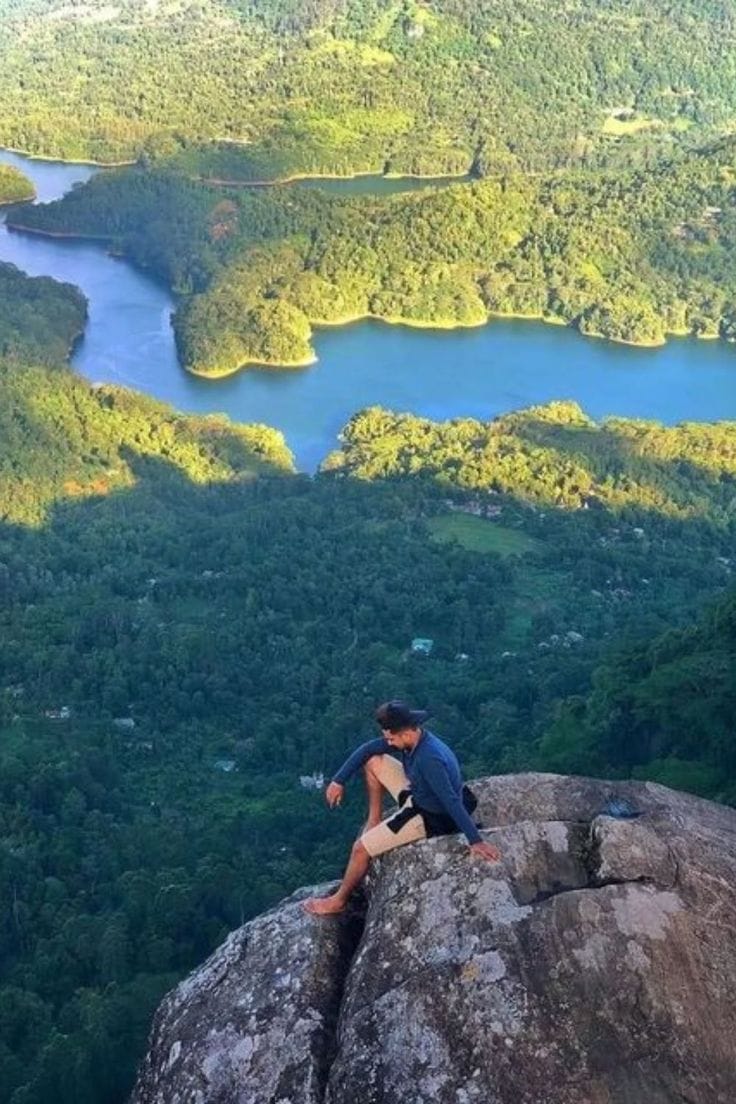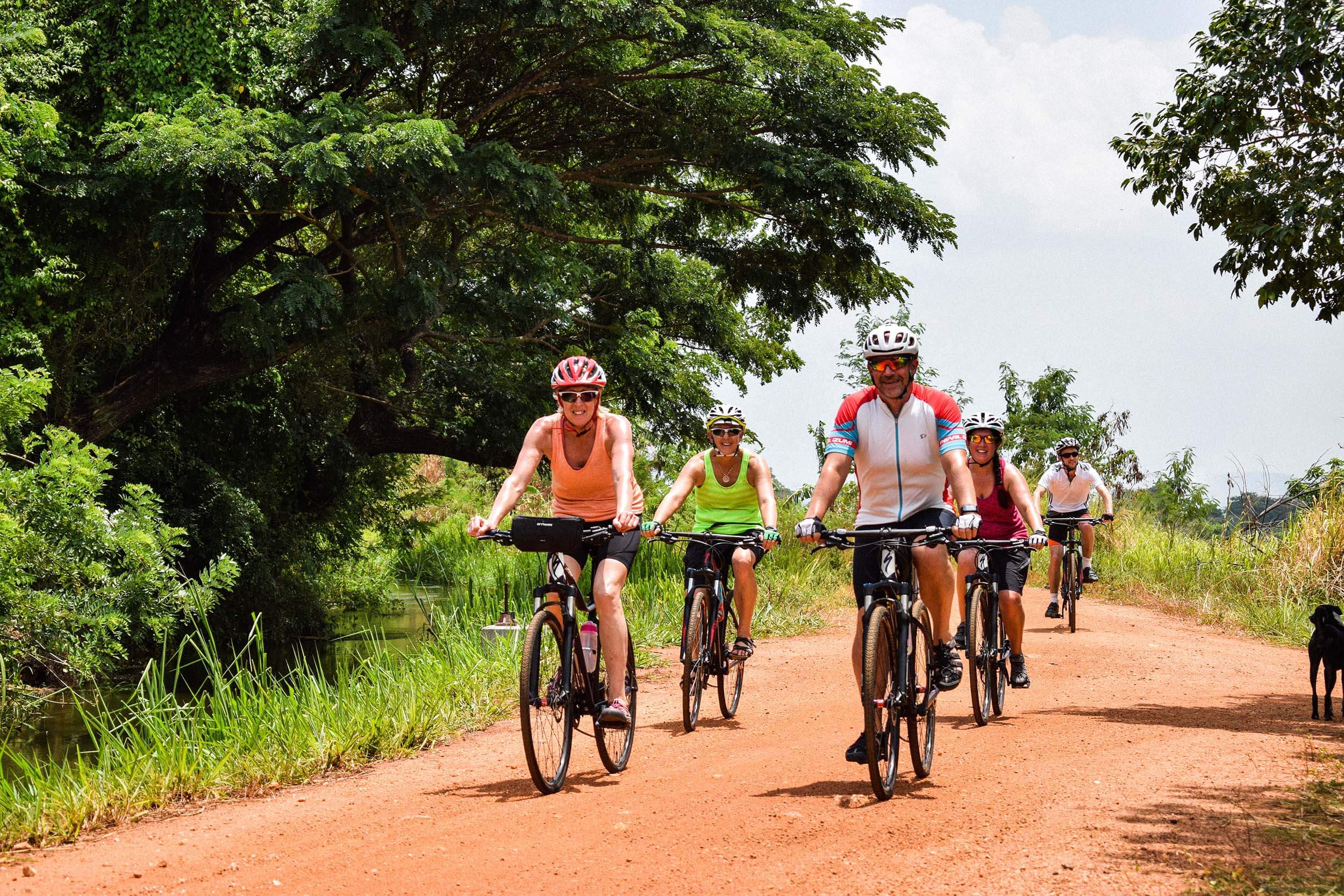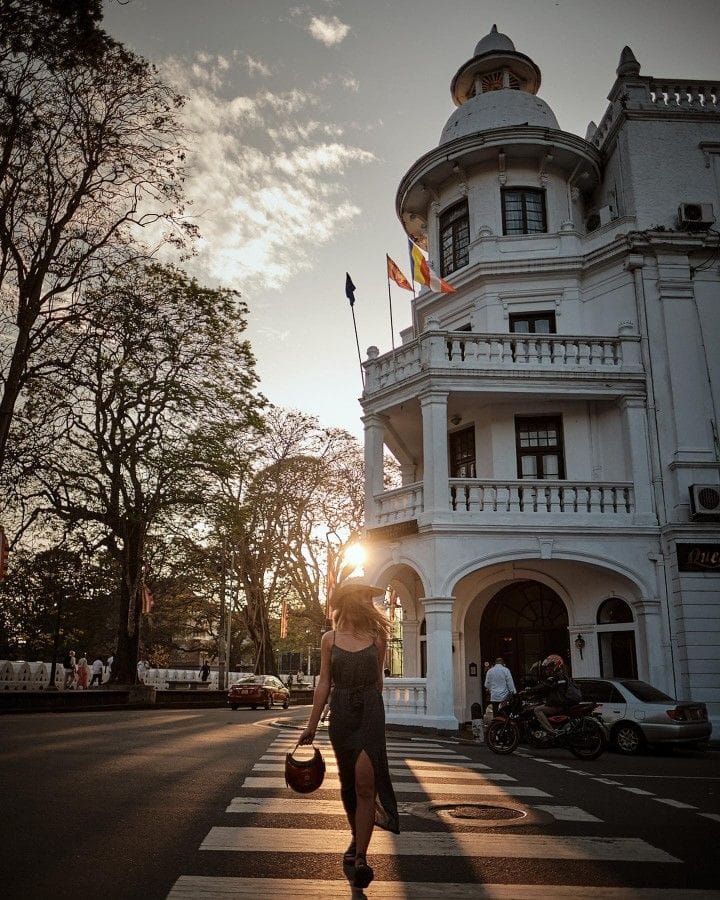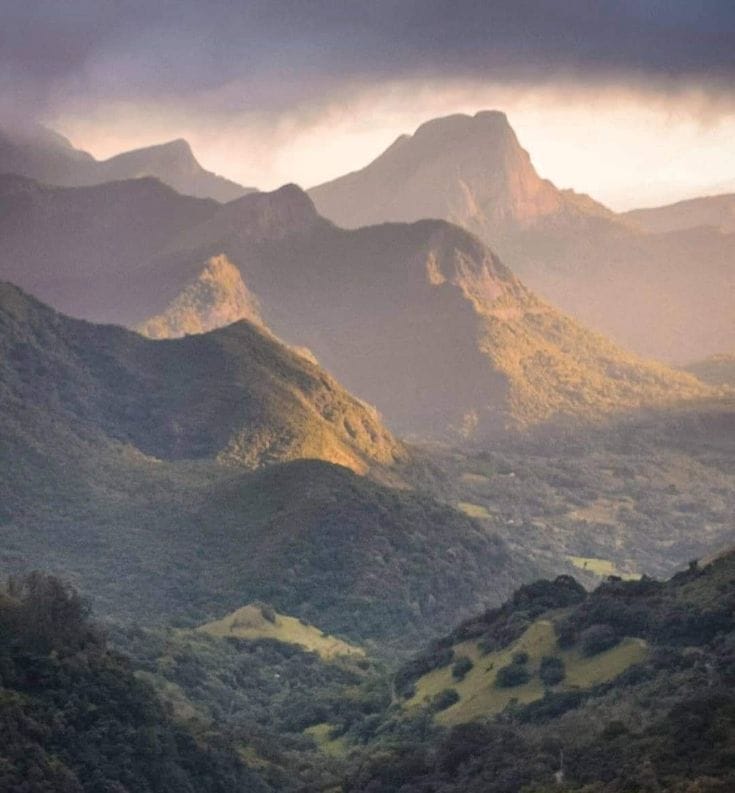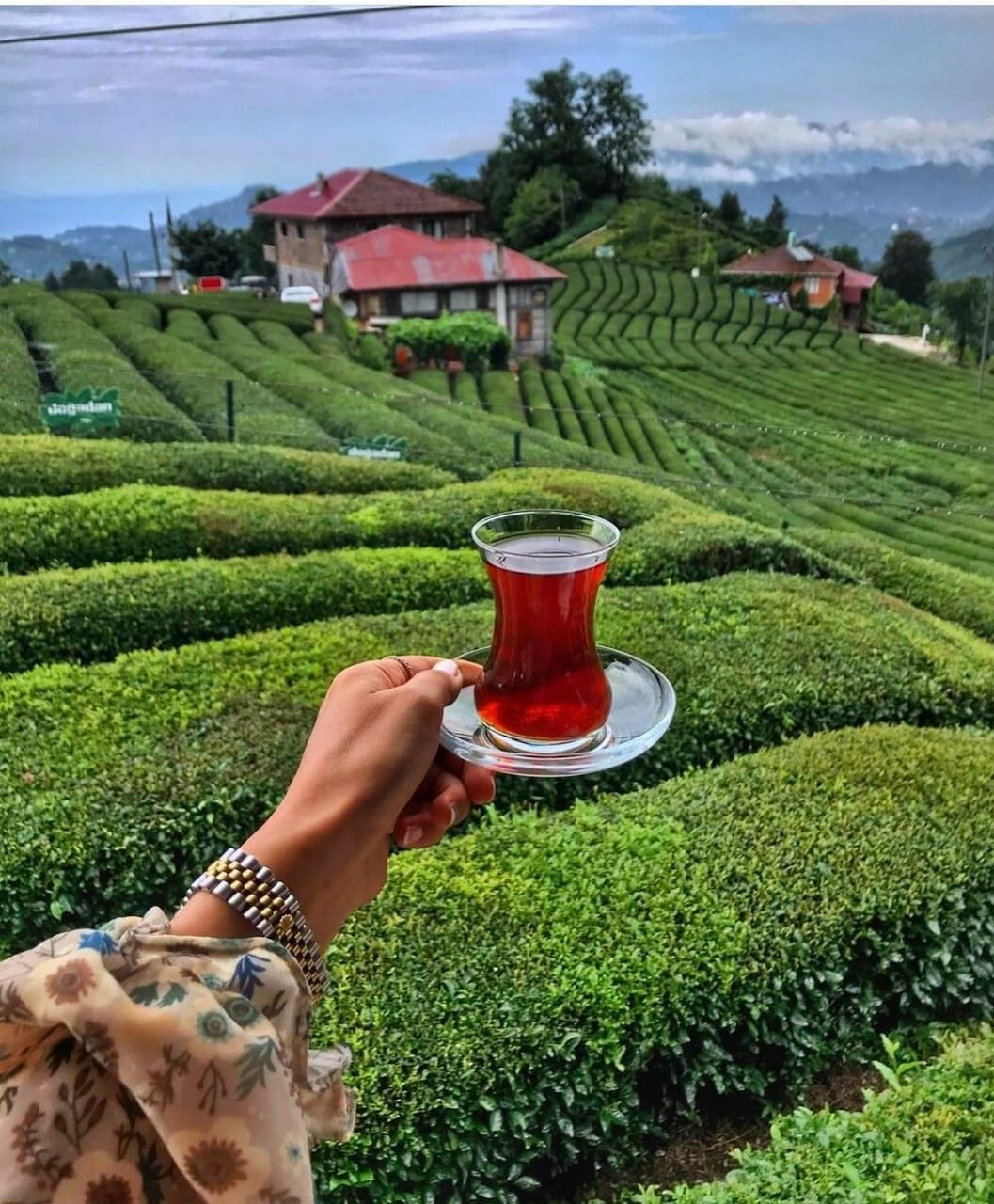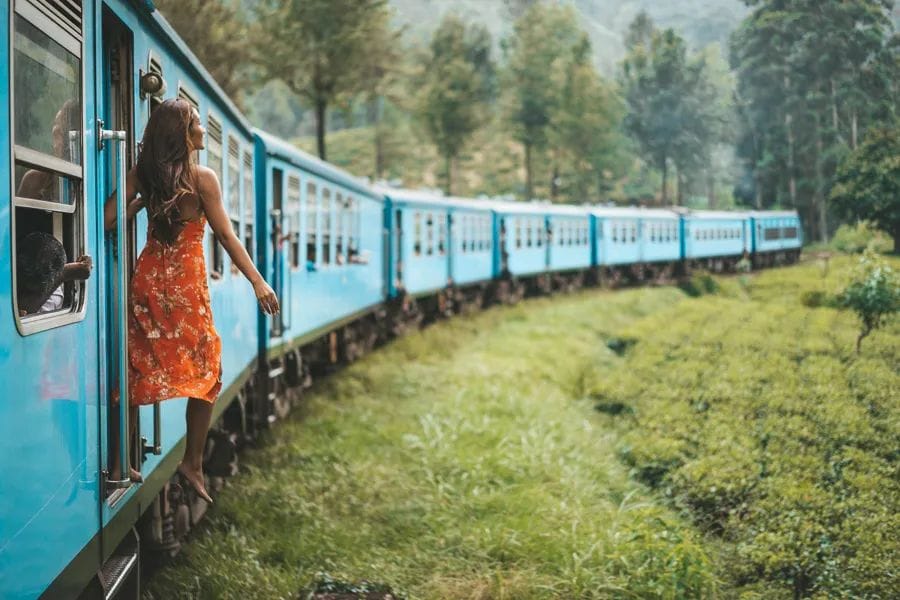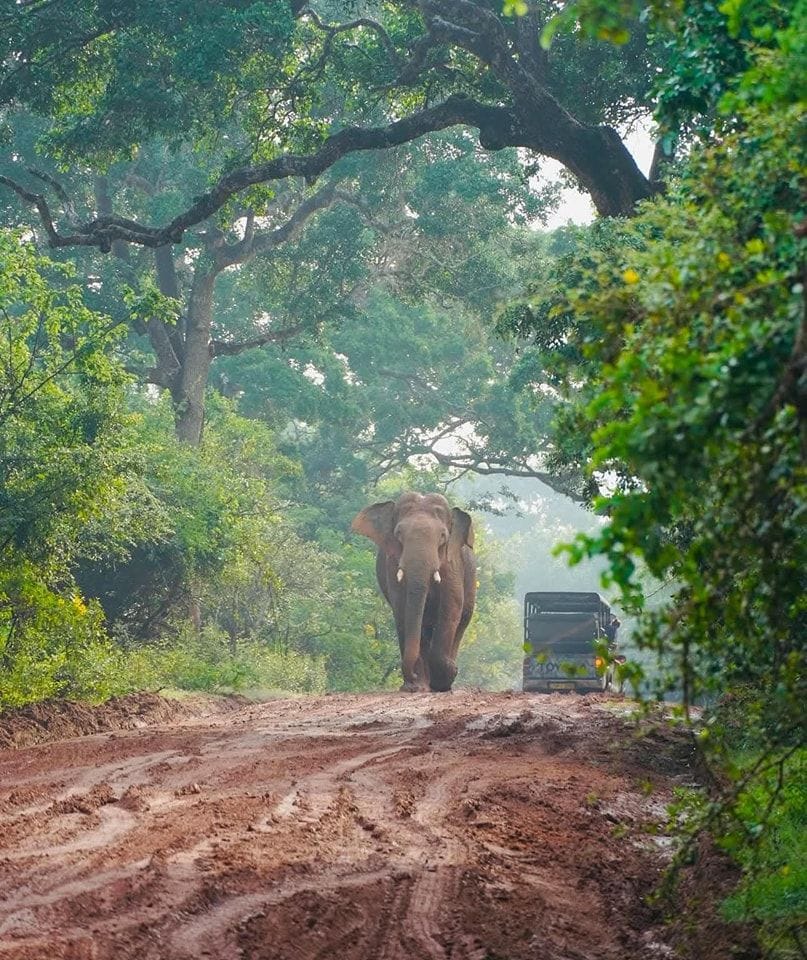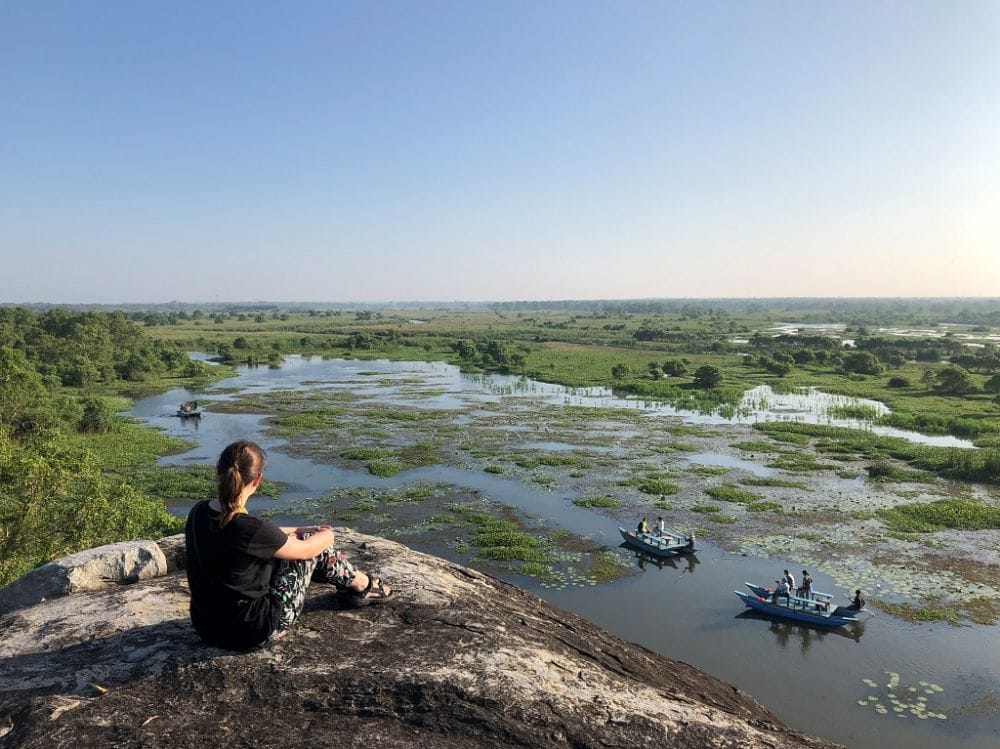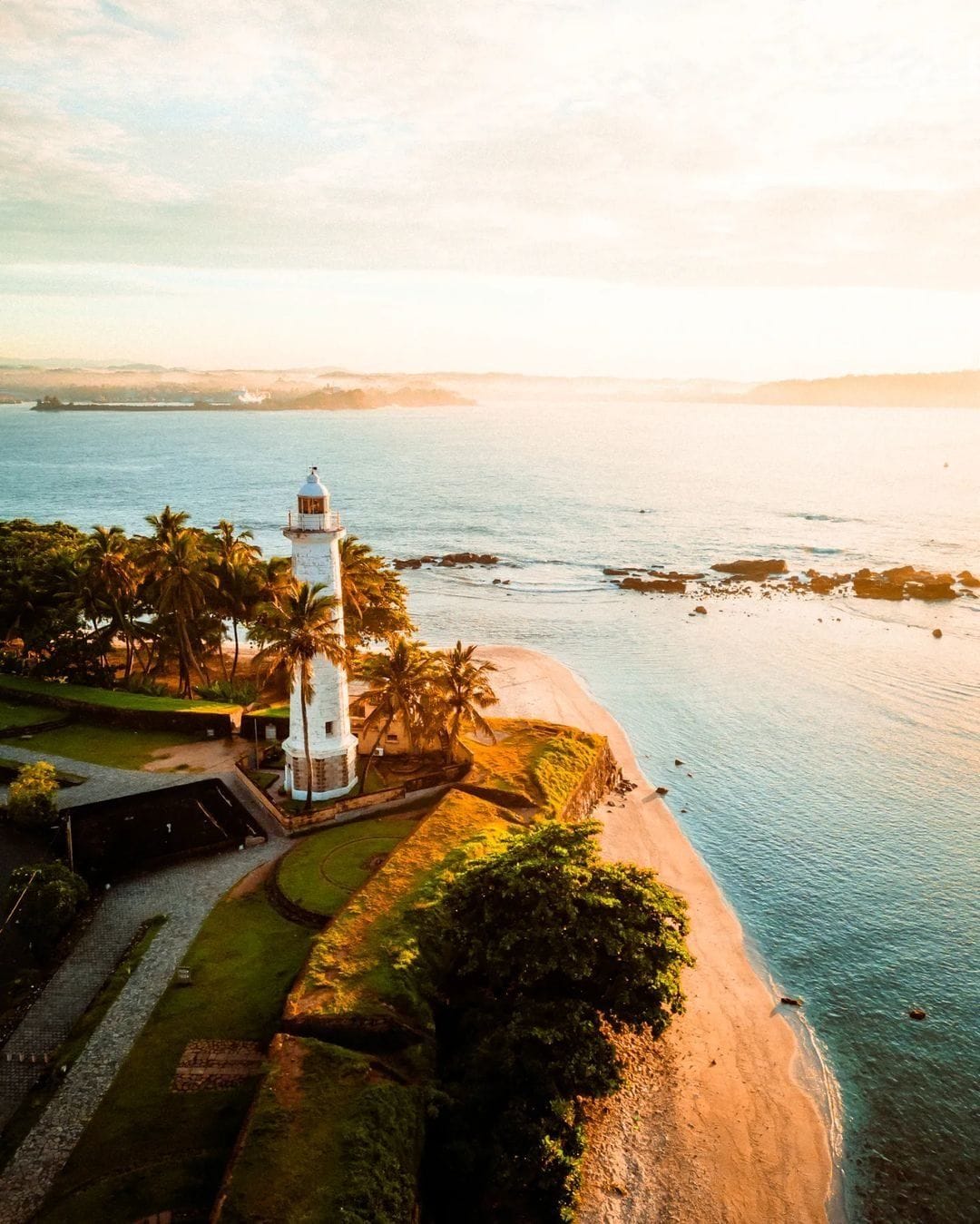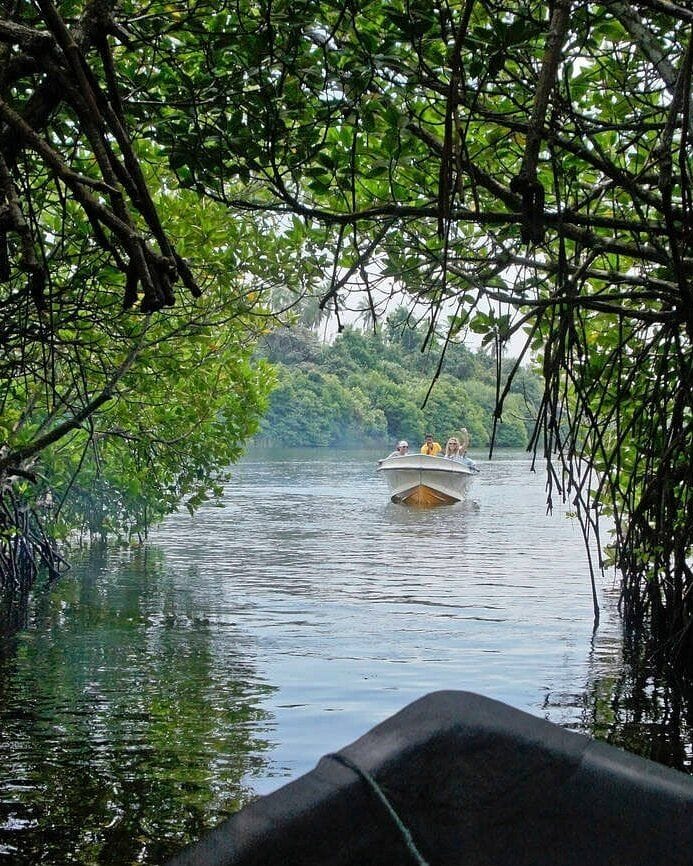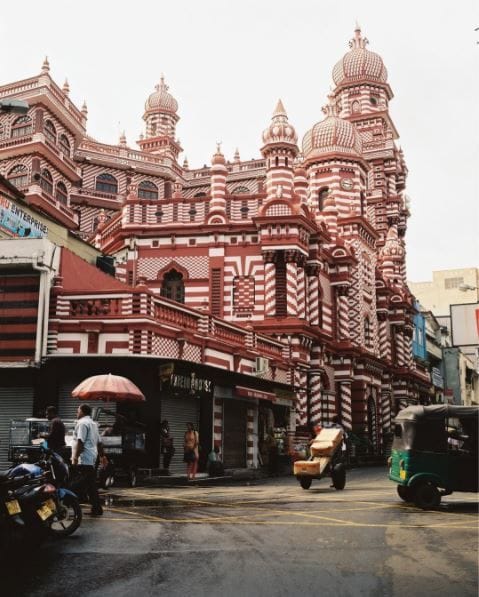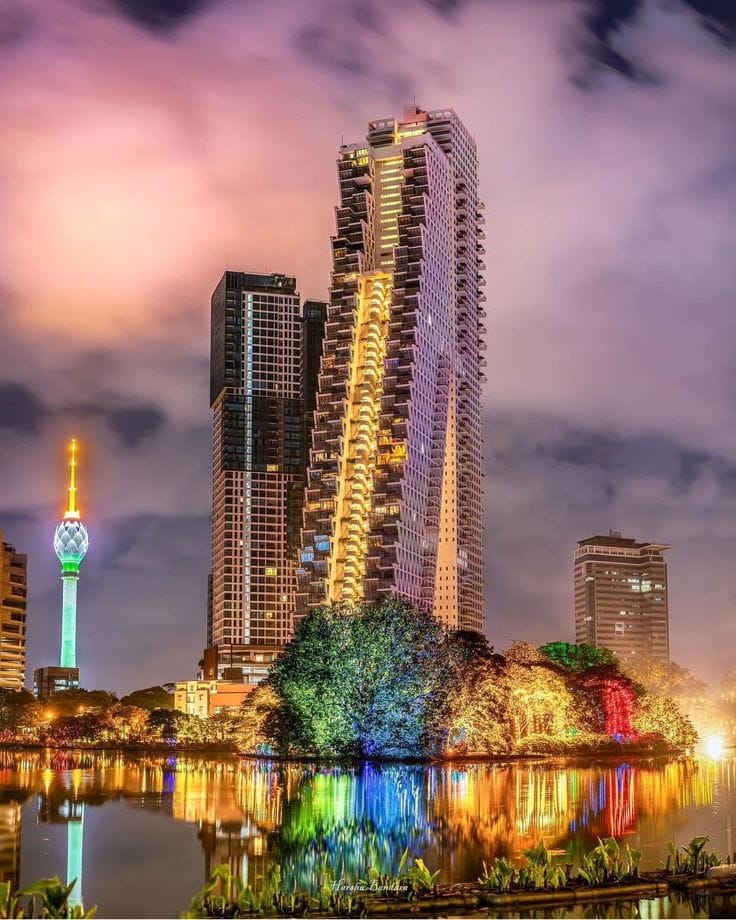“Follow the scent that once steered ships.”
Your guide drives you through spice country to <strong data-start="6050" data-end="6060"Matale, where plantations release heady aromas of cinnamon, clove and cardamom. A guided walk demonstrates how spice bark is peeled, how cardamom pods are harvested, and how these ingredients function both as seasoning and medicine in Ayurveda. Taste fresh cinnamon tea and try roasted peppercorns.
On arrival to <strong data-start="6368" data-end="6377"Kandy, explore the atmospheric streets and then visit the <strong data-start="6430" data-end="6466"Temple of the Sacred Tooth Relic, where ritual and devotion merge in an ornate daily puja. Your guide explains how possession of the tooth relic historically legitimized kingship — the political and spiritual threads are inseparable here.
Scenic places: Peradeniya Botanical Gardens nearby (giant palms and orchid houses) make for a relaxed afternoon if time allows.
<strong data-start="6803" data-end="6817"Why visit: Kandy blends royal history, living religion and spice heritage — a multi-layered cultural encounter.
<strong data-start="6921" data-end="6935"
Practical: Temple etiquette: shoulders and knees covered, remove shoes; visit during late afternoon puja for a moving experience.

